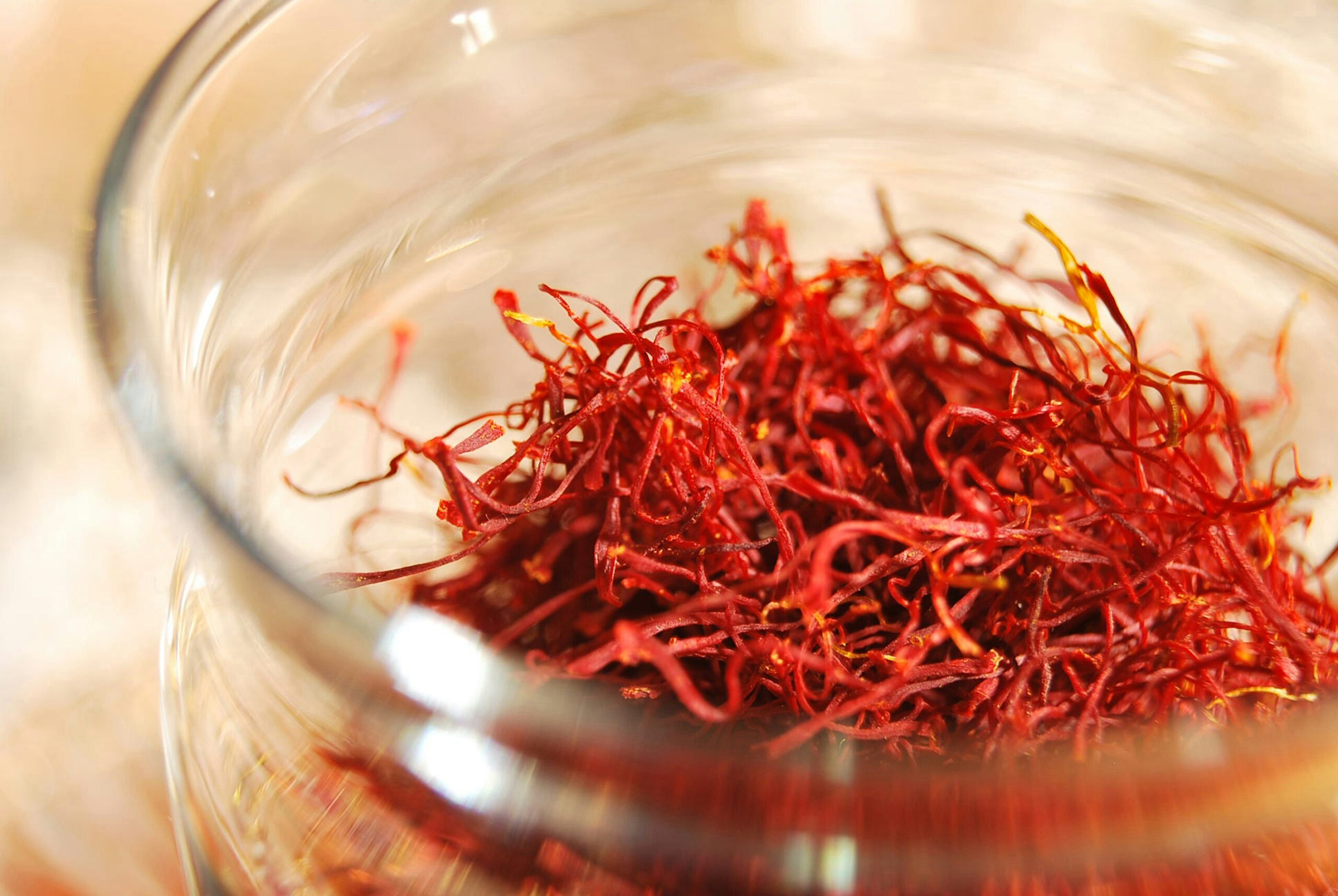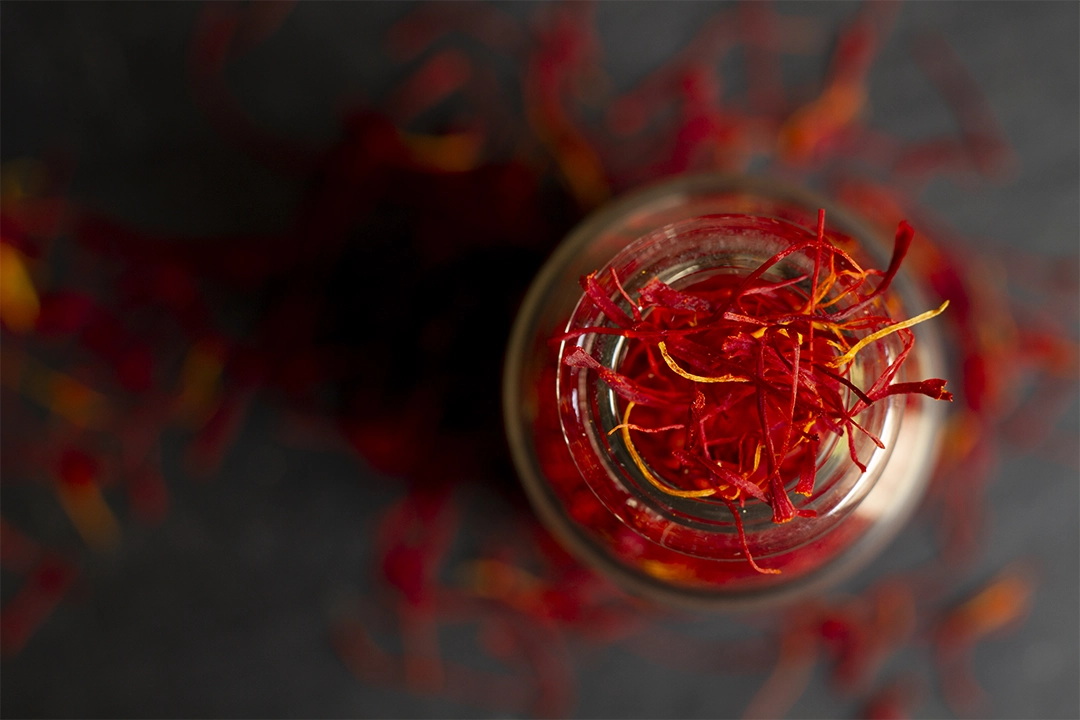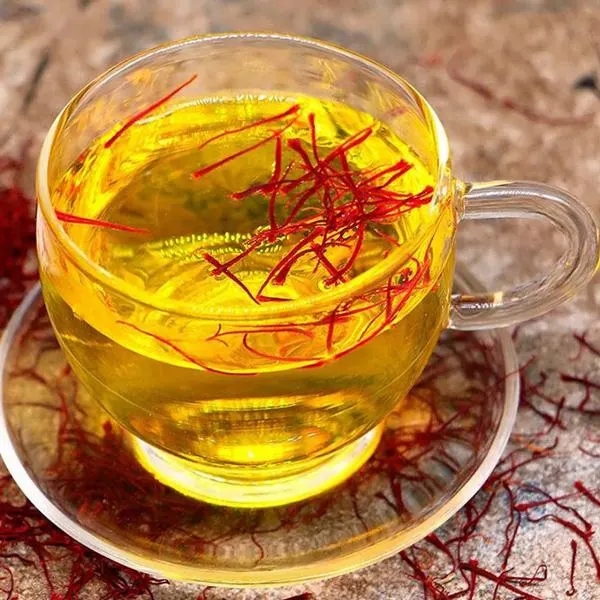
6 Proven Benefits of Saffron in Preventing Cancer
Sometimes, the answer to our biggest health concerns lies hidden in the simplest natural ingredients.Saffron — the vibrant, aromatic spice

The Ultimate Saffron Buying Guide: How to Choose Quality Threads and Avoid Fakes
Saffron is the world’s most expensive spice — and because of that, the market is full of low-quality or even fake products. If you’re new to buying saffron, or simply want to ensure you’re getting real value, this guide will walk you through what to look for. As a result, you’ll be able to buy with confidence.
Saffron comes in different grades. These are mainly based on which part of the stigma is used and where it was grown. Here’s a quick breakdown of the most common types:
💡 Tip: Always avoid “bunch saffron” or products with a lot of yellow — these are usually diluted or low quality.
To choose real saffron, you must know how it looks. Authentic saffron threads are:
By contrast, fake saffron often appears perfectly uniform, shiny, or unnaturally bright. In some cases, it may even be dyed corn silk or colored paper fibers.
Most importantly, trust your nose. Real saffron has a strong, earthy aroma with a sweet hint — many describe it as a mix of honey and hay. If there’s no smell or if it smells chemical, then it’s likely fake or very old.
While powdered saffron may seem convenient, it’s often adulterated with turmeric, paprika, or artificial colorants. Therefore, unless you’re buying from a certified supplier, stick with whole threads for better purity and quality.
In addition, high-quality saffron is often lab-tested under ISO 3632 standards. These tests measure:
Always look for brands that provide lab results or certifications. This proves that their saffron meets or exceeds global quality standards.
Not all saffron is created equal. The best saffron generally comes from:
Therefore, buy from sellers who are open about the origin, harvest methods, and packaging details.
If a price seems too low, it probably is. Real saffron is expensive because it’s hand-harvested, labor-intensive, and produced in limited quantities. As a rule, be cautious with bargain saffron, especially if it’s sold in plastic packaging or in bulk.
In conclusion, buying saffron doesn’t have to be difficult. When you focus on the origin, grade, smell, and trustworthiness of the seller, you’re far more likely to get the real thing. High-quality saffron offers incredible flavor, vibrant color, and health benefits — and it’s worth every thread.
👉 Looking for authentic, lab-tested saffron? Explore our premium saffron collection and shop with confidence.

Sometimes, the answer to our biggest health concerns lies hidden in the simplest natural ingredients.Saffron — the vibrant, aromatic spice

Saffron is one of the most expensive spices in the world, often referred to as “red gold.” It’s no surprise
Contact us